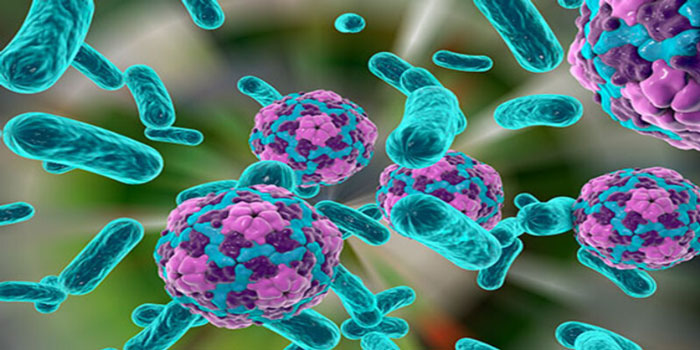Hepatitis and liver inflammation may be brought on by a virus or by ingesting poisonous chemicals. The liver plays an essential role in digestion, metabolism, and maintaining a healthy blood-chemical balance. The liver's capacity to perform its regular tasks may be impaired if inflammation damages it. Some types of viral hepatitis include A, B, C, D, and even E. Variations in symptoms, modes of transmission, as well as treatment modalities are all attributable to distinct viruses. Some of the moderate to severe symptoms associated with hepatitis include a high body temperature, extreme fatigue, a loss of appetite, nausea, vomiting, abdominal pain, dark urine, as well as jaundice. In severe cases, hepatitis may lead to liver cancer as well as cirrhosis.
Hepatitis: The Facts
Hepatitis refers to any condition affecting the liver. The situation may improve independently, but it can also progress to scarring (fibrosis), permanent damage (cirrhosis), or even liver cancer. Hepatitis may be caused by several things, including viruses, toxic substances (such as alcohol or drugs), and autoimmune diseases. However, viruses are by far the most common cause. The five basic hepatitis viruses are most often types A, B, C, D, and E. These five are particularly problematic because of the havoc they produce in terms of death and illness and the threat they provide in terms of epidemic transmission. In particular, types B and C are responsible for hundreds of millions of cancer cases, liver cirrhosis, and other chronic illnesses each year.
Can You Describe The Various Hepatitis Viruses?
Experts have identified five types of hepatitis viruses, which they have dubbed A, B, C, D, and E. Liver illness may be triggered by several other things, and the causes vary greatly.
Viral Hepatitis A (Hav)

Hepatitis A virus (HAV) is commonly disseminated by the consumption of tainted water or food and may be discovered in the feces of infected persons. There is evidence that certain sexual practices may spread HAV. Minor HAV infections often result in complete recoveries and permanent protection against future diseases. Even very moderate HAV symptoms might pose serious risks. Most of the world's population has been exposed to this virus in areas with poor sanitation. Vaccines have been developed to protect against HAV without posing any health risks.
Hepatitis B Virus (Hbv)
The Hepatitis B virus only spreads through contact with contaminated blood, sperm, or other body fluids (HBV). HBV may be transmitted from infected mothers to their children and can also spread from mother to child and mother to mother during infancy and early childhood. Transmission of HBV may occur by sharing needles during injection drug use or medical procedures or through receiving transfused blood or blood products that have been infected with the virus. Needlestick injuries are a significant source of HBV transmission in the hospital setting.
Virus Hepatitis C (Hcv)
Contact with contaminated blood is the primary mode of transmission of the hepatitis C virus (HCV). Risk factors include exposure to HCV via injection drug use, medical procedures involving injection, or transfusion containing HCV-contaminated autologous blood products. Sexually transmitted diseases are pretty rare. There is currently no HCV vaccination available.
Virus Hepatitis D (Hdv)
Hepatitis D virus infection is restricted to persons who already have hepatitis B (HBV) disease (HDV). The condition and outlook may deteriorate if both HDV and HBV are present. The hepatitis B virus may be prevented with a vaccine.
Virus Hepatitis E (Hev)

Hepatitis E virus (HEV) infection often arises after ingesting toxic fluids, food, or drink. Although formerly thought to be primarily a problem in developing nations, the hepatitis E virus (HEV) is now understood to be a significant contributor to sickness, even in developed countries. However, although vaccines against HEV infection have been developed and demonstrated to be safe and productive, they have yet to be widely available.
Conclusion
Hepatitis is inflammation of the liver. Scarring, cirrhosis, and even liver cancer are all potential outcomes, although the problem may heal on its own. Several factors, including viral infections, toxic chemicals, autoimmune diseases, and other ailments, may bring hepatitis. Viruses or poisonous substances get hepatitis. The liver helps in digestion and metabolism and maintains proper blood-chemical balance. Inflammation of the liver, as described, may cause damage and interfere with the liver's normal functions. Types of hepatitis include A, B, C, D, E and many more. Many distinct viruses contribute to the wide variety of signs and symptoms, modes of transmission, as well as therapies for these diseases.







